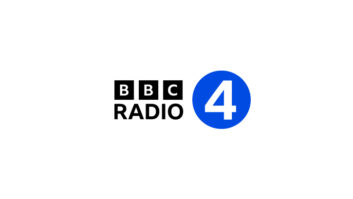NEW YORK� A group of satellite broadband companies including Boeing, EchoStar, OneWeb, Hughes Network Systems, Intelsat, Inmarsat, O3b Limited and SES Americom is disputing arguments that Straight Path asserted back in May regarding how the FCC should treat the 28 and 37/39 GHz bands as it considers new rules for the millimeter wave bands. Straight Path�s argument is that increased flexibility for the siting of satellite earth stations in the 28 and 37/39 GHz bands would harm the deployment of 5G terrestrial mobile networks, according to this article in fiercewireless.com.�
The satellite companies are emphasizing their capabilities in delivering service to rural areas, which traditionally have seen low investment by cellular companies because of less dense population. The satellite industry is already using millimeter wave spectrum to provide broadband to �every location in the continental United States and portions of Alaska and the U.S. territories,� the group said in an FCC filing. �Adopting more flexible rules can ensure that such satellite systems serve even greater numbers of consumers with broadband data rates that meet or exceed the FCC-defined broadband speeds.�
A large numbers of earth stations will be needed to maximize spectrum reuse. The broadband satellite systems currently under development will reuse each megahertz swath of spectrum thousands of times over through the operation of large numbers of satellites that will each produce hundreds or thousands of individual beams to serve end users, according to the same article. A separate gateway earth station will be needed in each region of the country for each reuse of the same spectrum. �Thus, limiting the total number of 37/39 GHz gateway earth stations in the United States to just 1,248 would drastically restrict the amount of spectrum reuse that is possible, to the clear detriment of consumers,� the satellite broadband companies wrote.
�












